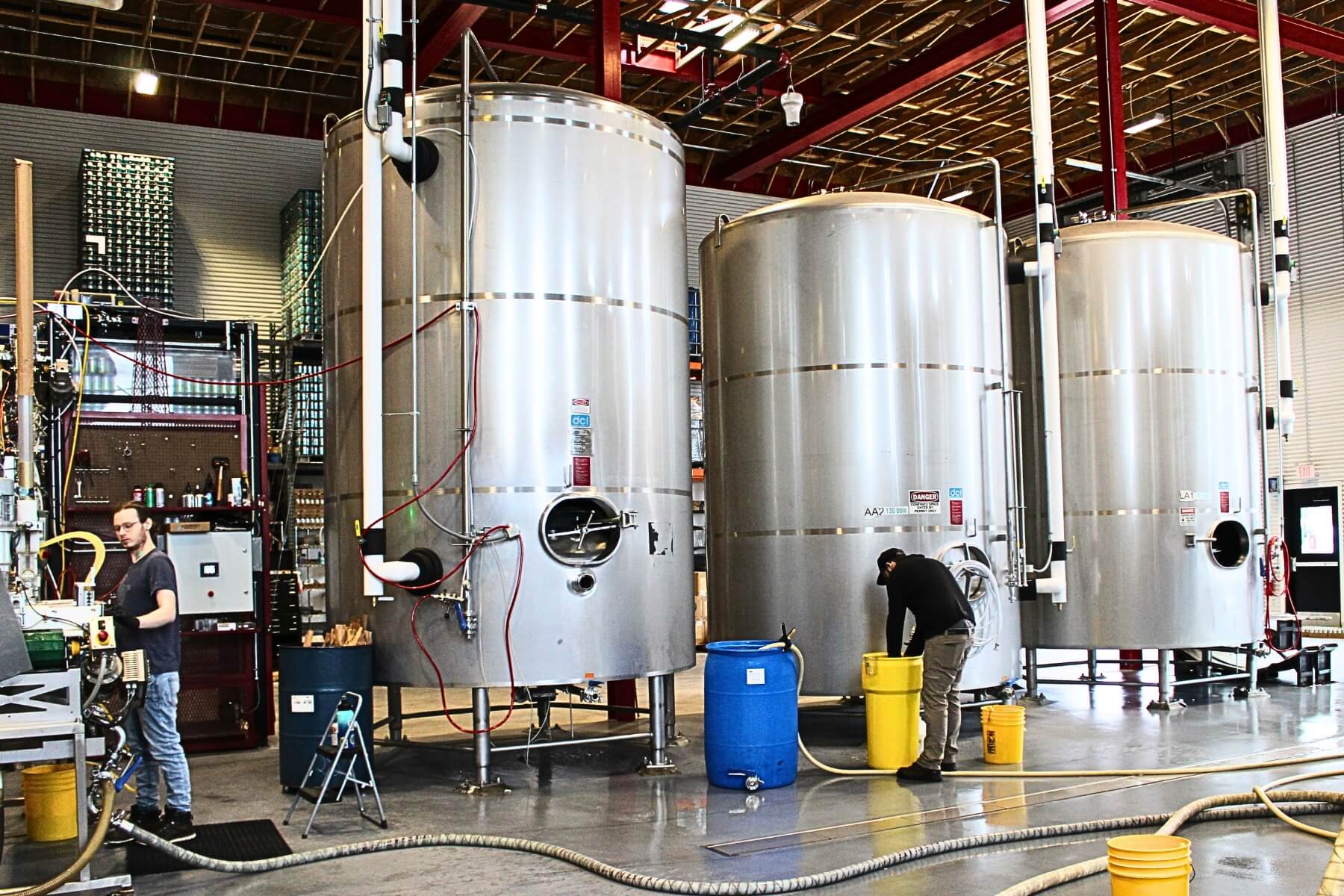Fire protection can be a very serious issue, especially when a building has expensive equipment stored, and more importantly a number of employees or customers that occupy it daily. Choosing the proper fire protection system will not only protect your building, its contents, and employees, but it will save your business from destruction. Fires are not only physically damaging, but monetarily as well. One goal of a Building Automation fire protection system is to save the business the cost of damages by protecting the building in case of a fire. There are a number of types of sprinkler systems that are common in commercial buildings. These systems’ settings can be changed to meet the changes in needs.
Wet-Pipe Sprinkler System
The most common type of fire sprinkler installation is the wet-pipe sprinkler system. In this system, a scheme of pipes connected to a water supply allows automatic sprinkler services to preserve the building. Water ejects instantly from sprinklers which open as a result of heat from a fire. Usually, water is constantly filling both supply mains and distribution pipes. Each sprinkler reacts individually, therefore, only those areas which are directly activated by the fire will discharge water services. Although wet-pipe sprinkler systems are simple and reliable, they require little installation and low maintenance costs. Such a system is necessary for most commercial buildings, factories, and retail stores except those located in subfreezing environments. Automatic Sprinkler Systems
Dry-Pipe Sprinkler System
Another automatic sprinkler type involves sprinkler heads that attach to a piping system which contains air or nitrogen under pressure. This is known as a dry-pipe sprinkler system. When the nitrogen is released, the valve opens and water flows into the pipe and out of the sprinkler heads. Unlike wet-pipe systems, water is not present in the distribution pipes unless the sprinkler heads are activated. Such a system is typically installed in unheated buildings such as storage areas, coolers and freezers, and parking garages. Dry-pipe sprinkler systems are more complex and require greater installation and maintenance costs.
Deluge Sprinkler System
The deluge sprinkler system incorporates a different type of sprinkler head than the previous systems. A sprinkler head without caps and thermal linkage is connected to a water supply which is activated upon detection of heat or smoke. Also, if a fire is detected water is projected from all sprinklers instead of just in the area that the fire is detected.
Pre-Action Sprinkler System
The pre-action sprinkler system is another common automatic sprinkler structure. Pre-action sprinklers use smoke or heat detectors fitted near the sprinkler heads. Similar to the dry-pipe system, sprinklers are attached to a piping system containing air the water is kept from entering the piping until it is required. This is very important in buildings housing computer servers, telecommunications equipment, high voltage electrical components and other areas where accidental water discharge could be detrimental.
Automated sprinkler systems such as the ones described above will most definitely reduce expenses in the event of a fire. It is also possible to receive a break on your insurance with the installation and inspection of these systems. While there may be upfront costs to incorporate sprinklers as a part of your building automation system, they will definitely save your business money in the long run.
Not only can a building automation system save money in the event of a fire, the fire protection system can be managed from anywhere. Settings can easily be changed on a computer or mobile device depending on the building needs at any given time.
To learn more about build automation and energy management, call 636-680-2100 and ask for Brian S.










